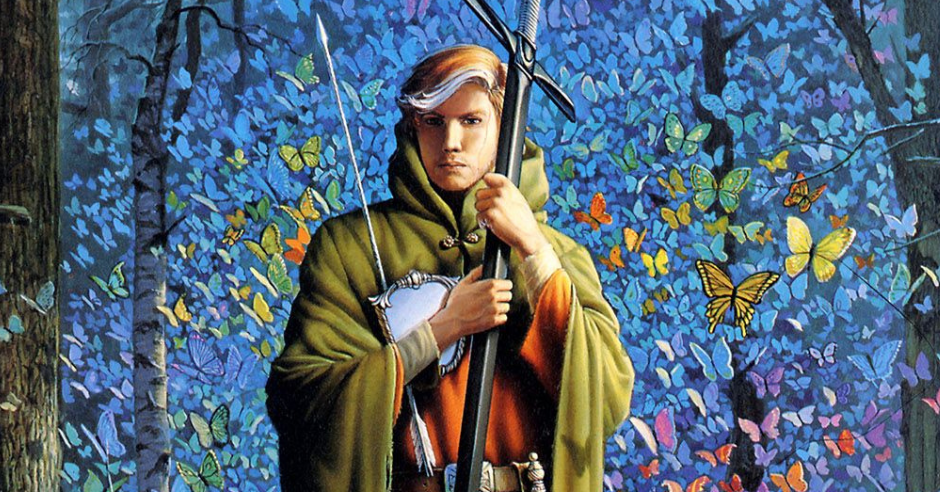Note: I will be covering the symptoms and effects of polycystic ovary syndrome. If you are uncomfortable discussing topics of menstruation, reproductive organs, miscarriage, and medical symptoms, please exercise your discretion.
Did you know that although Polycystic Ovary Syndrome (PCOS) is known as a common cause of infertility, it can also increase the risk of miscarriage?
Women with PCOS are more likely to have a miscarriage. The average woman’s risk of miscarriage during the first trimester is 10-15% while women with PCOS are more likely to miscarry with a 30-50% risk. This means that women with PCOS are three times more likely to miscarry than women without PCOS.
When you are diagnosed with PCOS no one prepares you for this reality. If you are lucky enough to get pregnant there is at least a 30% chance that you’ll miscarry before the first trimester. Personally, that doesn’t sound like great odds especially considering that you are already battling fertility odds.
What are those odds you ask? Well, let me tell you. While a completely healthy young couple has a 25% chance of getting pregnant during a single cycle, takes on average 2.5 years longer to get pregnant with PCOS.
I feel this statistic deeply in my soul. As someone who has been married a little over the two-year mark, we have only had one successful pregnancy, and that pregnancy resulted in a miscarriage.
Why Does it Happen?
There are several different factors related to PCOS which can increase your miscarriage rate. These include:
- High levels of androgens or male hormones (Hyperandrogenism)
- Elevated LH levels
- Insulin resistance with elevated Insulin levels
- Endometrial Dysfunction with failure to implant
- High plasminogen activator inhibitor-1(PAI-1) activity
- Infertility treatments
- Genetic abnormalities
Why does this happen to begin with? Women with PCOS may experience difficulties getting or maintaining a pregnancy due to their menstruation cycle (monthly period). Many symptoms if PCOS include:
- too few menstrual periods
- having your period for longer than usual
- not getting your period
- very heavy periods
- higher levels of male hormones like testosterone
- acne breakouts
- getting facial hair and extra hair in other places
- small cysts or bundles of fluid in the ovaries
- fewer eggs released from the ovaries
While PCOS isn’t life-threatening, there is no cure for it.
No One Prepares You
While I knew about the fertility struggles, I was not prepared to miscarry our baby in March of 2022.
Not only was the process of discovering the pregnancy to miscarriage whiplash quick, but it was an extremely painful process. I had been experiencing excruciating pelvic pain continually for about three weeks. I had lower back pain similar to when I had kidney stones, accompanied by exhaustion and some nausea. Regular pain pills didn’t alleviate the pain, and it woke me up at night. Also, no one talks about the blood loss.
The emotional and physical pain is terrible and certainly not something you are prepared for in your early twenties. The experience makes you scared. Will I conceive again? Will I miscarry again? Was my first baby a boy or a girl? Did I do something wrong?
It sounds stupid, but I think about that baby often. He or she would have been two now and I wonder what they would have been like. I have other family and friends who have had similar experiences to commiserate with. While their mutual loss takes away some of the guilt, the loss still remains.
Resources and Help
If you have PCOS your body might make more of both the male hormone testosterone and the female hormone estrogen. Your doctor might recommend prescription medications to help balance your hormones which may include:
- metformin to balance insulin levels
- clomiphene citrate (or Clomid) to help balance estrogen levels
- birth control pills to balance estrogen and testosterone levels (before beginning fertility treatment)
- fertility medications to jump-start the ovaries to send out more eggs
While the process of determining your fertility is a struggle, it is possible to have a baby with PCOS. There may be some struggle, heartache, and a lot of frustration, but that doesn’t mean it isn’t possible.
You can find support and answers to your questions through many credible sources:



